Sheerness is on the north-eastern tip of the Isle of Sheppey in Kent. For almost 300 years it was a Royal Naval Dockyard. In 1960 the Royal Navy sold the dockyard and it became a commercial port. Since then it has carried on business behind the original high brick wall; some Georgian terraces and, between them, a handsome tower belonging to the former Dockyard Church, are the only clues to the site’s illustrious past. With little hope of success, an unflagging group set about rescuing the church for the use of people in Sheppey and north Kent. But against all expectations, in the last week of July, the Sheerness Dockyard Trust handed over the restored building to its new users, a co-working enterprise called Island Works. ‘Our building is now theirs,’ the Trust’s chairman Will Palin told me with a hint of pride.
The church was designed and built between 1823 and 1828 by George Ledwell Taylor, surveyor to the Admiralty, as a proud ornament within the naval estate, but also to serve the wider town. Little more than 50 years later it was badly damaged in a fire. After repairs it remained in use as a parish church until 1973.
After 1960, the new operators of the port sold or demolished many of the historic buildings that remained and attrition continued, with the Dockyard Church suffering another serious fire in 2001. Swale District Council purchased it – the structure still standing proud, but now like an open sore in the small town – in 2016 and ownership passed to the newly formed Sheerness Dockyard Preservation Trust.
The transformation of that fire-blackened shell and tower is a triumph. Members of the Trust (all volunteers), brought their wide range of experience and contacts to the task but none more so than Palin, who oversaw the restoration of the Great Hall ceiling paintings at the Old Royal Naval College Greenwich and is now CEO of the Barts Heritage Trust.
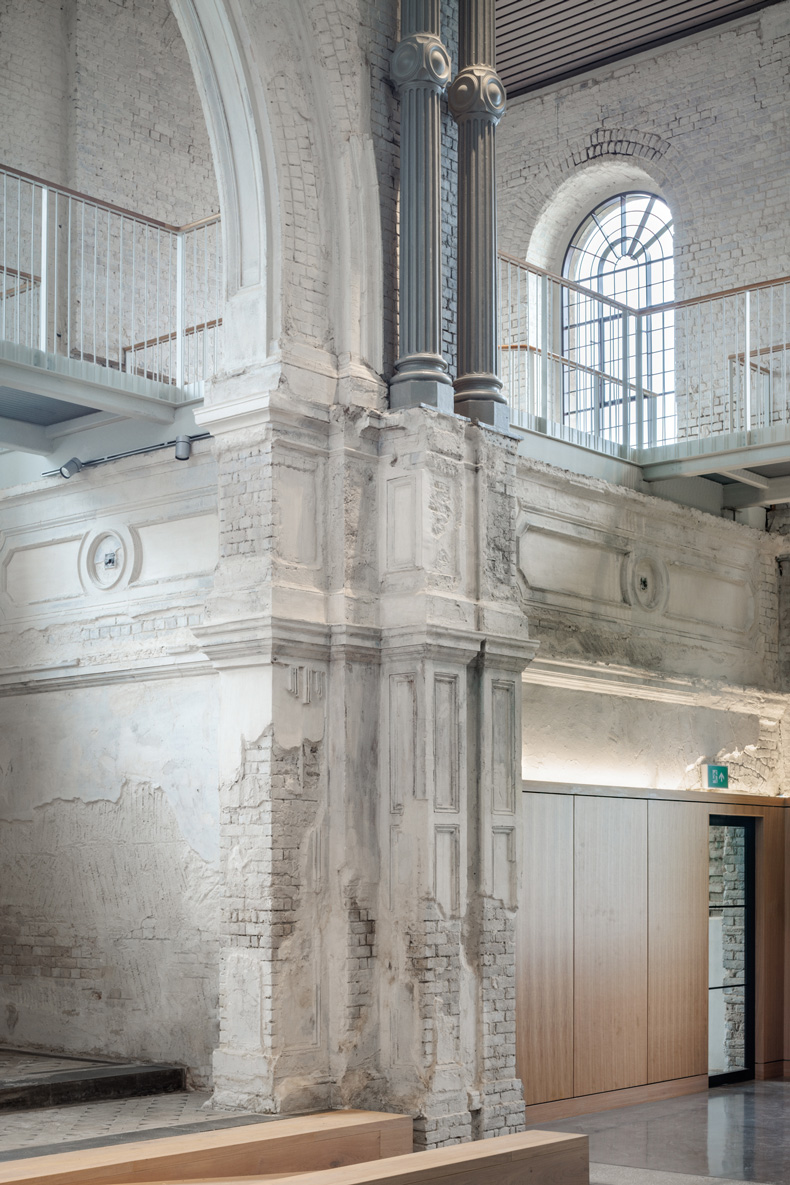
Column inches: the restoration by Hugh Broughton Architects and Martin Ashley Architects has preserved the original fabric wherever possible. Photo: Dirk Linder; courtesy Sheerness Dockyard Preservation Trust
In Sheerness, restoration of the Dockyard Church is the work of Hugh Broughton Architects and Martin Ashley Architects. Their approach is happily light-touch, retaining traces of the past rather than trying to repair all the damage. Original fabric takes precedence so that even the ventilation grilles remain as found.
The open hall is flooded with natural light, amplified by massive glazed ‘lanterns’ inserted within the new timber roof structure. A grid of decorative iron columns from the 1880s and a simple generous gallery are almost the only additions, apart from a few self-contained meeting rooms downstairs.
Historic England funded the work on the tower, which included the reinstatement of the upper-level balustrade to gain a little more height. In 2019 the National Lottery Heritage Fund introduced a new ‘heritage enterprise’ category to support projects ‘that seek to achieve economic growth by investing in heritage’ – a description that couldn’t fit the Dockyard Church better. It was awarded £5.2m, while prodigious fund-raising efforts targeting trusts and foundations raised a further £3.2m.
The church is now a new kind of co-working space, a sibling for an earlier venture in Canterbury, Fruitworks Coworking, which was set up by the Kent Foundation in 2011. In the soaring, inspiring spaces of the comfortably furnished building, which is bathed in natural light, local young people and new businesses can choose between short-term membership or longer commitment, on the model of a gym. Once there, everybody has access to advice and support from the Kent Foundation.
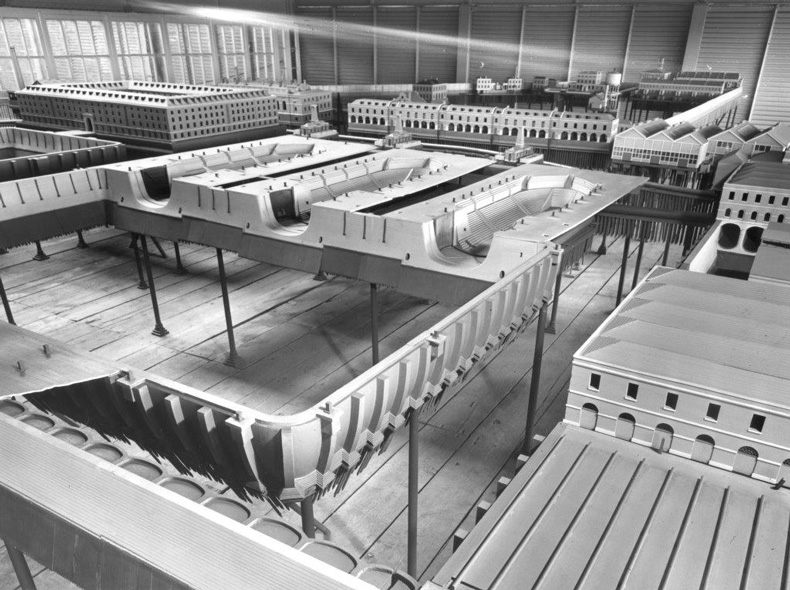
Too big to flail: Great Dockyard Model from 1830 was made to a scale of 1:60 and measures 40 by 36 feet – shown here at the Boat Store in Sheerness in the 1960s. Courtesy Sheerness Dockyard Preservation Trust
The transformation of the former church is very welcome in this economically and socially depressed corner of north-east Kent. Only one important hope remains unrealised: the repair and full display of the Great Dockyard Model of 1830. Owned by the Trust, three sections of the 1:60 scale model are displayed on the ground floor but the model must find another home in order to be shown in its entirety (40 by 36 feet). In a cruel irony, the Boat Store, a Grade I-listed structure of 1859 that once housed the model is now hidden and inaccessible behind the brick walls and security equipment of the current commercial operators, Peel Ports.
Historic England regards the Boat Store as the earliest surviving example of a multi-storey iron-frame and panel structure in the country. Is it too much to hope that the positive developments next door will persuade the Boat Store’s reluctant owners to release it, allowing it to become the best possible home for the Great Dockyard Model, once again?
Unlimited access from just $16 every 3 months
Subscribe to get unlimited and exclusive access to the top art stories, interviews and exhibition reviews.

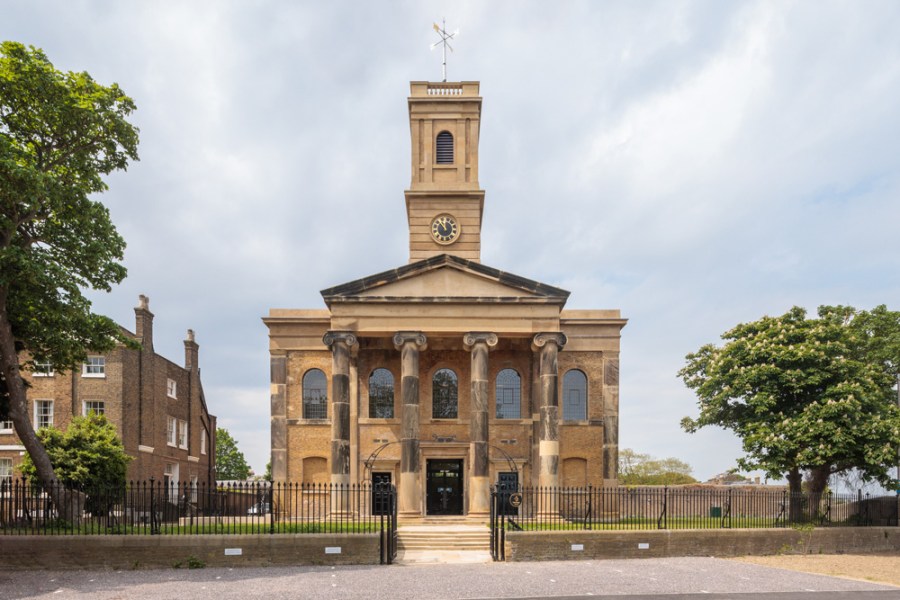

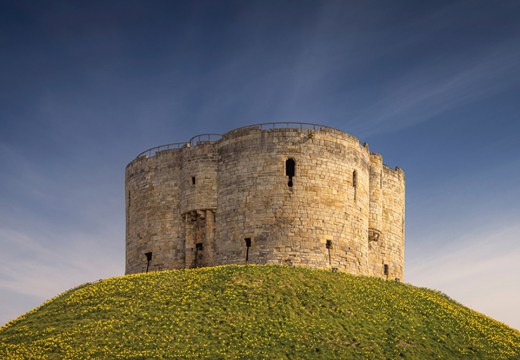
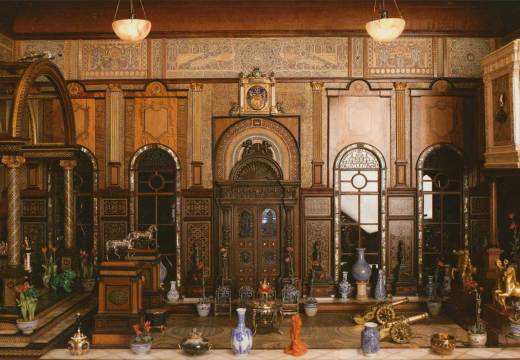









![Masterpiece [Re]discovery 2022. Photo: Ben Fisher Photography, courtesy of Masterpiece London](http://www.apollo-magazine.com/wp-content/uploads/2022/07/MPL2022_4263.jpg)
Has the Fitzwilliam lost the hang of things?